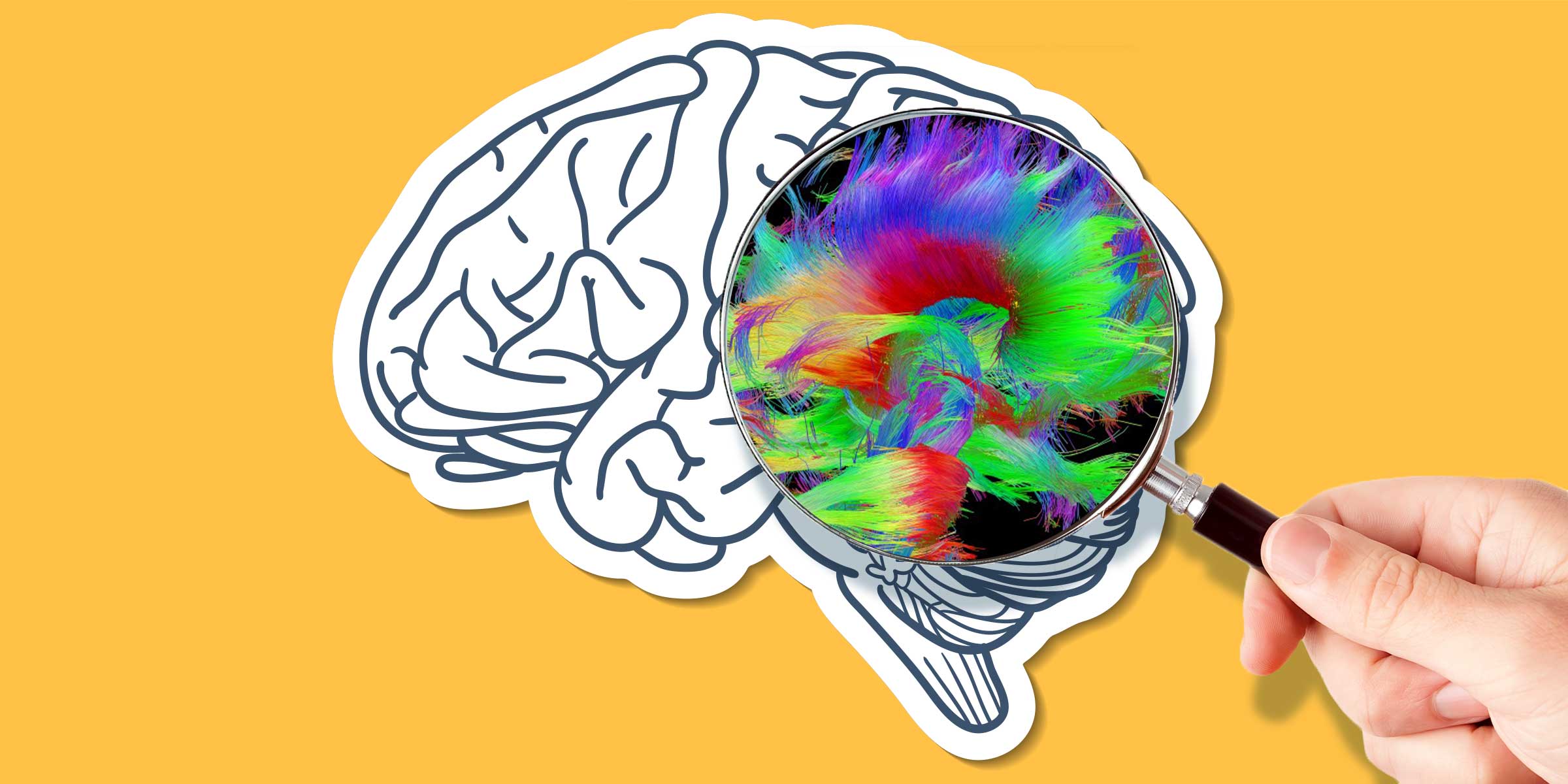
What is
Howard Gardner’s Theory on Multiple Intelligences
Multiple intelligences is a theory first posited by Harvard developmental psychologist Howard Gardner in 1983. This theory suggests human intelligence can be differentiated into the following modalities: visual-spatial, verbal-linguistic, musical-rhythmic, logical-mathematical, interpersonal, intrapersonal, naturalistic and bodily-kinesthetic. In contrast to other notions of learning capabilities (for example, the concept of a single IQ), the idea behind the theory of multiple intelligences is that people learn in a variety of different ways. “I believe that the brain has evolved over millions of years to be responsive to different kinds of content in the world,” says Gardner.
Multiple intelligences refers to a theory describing the different ways students learn and acquire information. These multiple intelligences range from the use of words, numbers, pictures and music, to the importance of social interactions, introspection, physical movement and being in tune with nature. The theory posits that an understanding of which type(s) of intelligence a student may possess can help teachers adjust learning styles, and suggest certain career paths for learners. The theory has come under criticism from both psychologists and educators, where many believe that the various ‘intelligences’ represent innate talents and abilities. Cognitive psychologists have further stated that there is no empirical evidence to support the validity of this theory.
What are the proposed intelligence types? Gardner originally proposed six intelligence types. Today, that list has grown to nine intelligences as seen below.
Verbal-linguistic intelligence: Being capable of learning new languages and understanding how to use language to achieve goals. An example of this would be analyzing facts and preparing a speech to deliver in front of a group.
Logical-mathematical intelligence: Being able to analyze problems logically and solve abstract problems. An example of this would be using mathematical concepts to solve a real-life mortgage scenario.
Spatial-visual intelligence: Being able to use visual aids to arrive at a solution. An example of this would be using a tool like Photoshop to design a new logo for a fictional client.
Bodily-kinesthetic intelligence: Being capable of using the entire body and engaging in movement to skillfully address a challenge. An example would be performing CPR on a mannequin.
Musical intelligence: Being able to produce and analyze pitch, rhythm and sound. An example would be asking students to produce and edit a podcast episode or write a song showcasing their learnings from a course.
Interpersonal intelligence: Being able to detect and explore the intentions, moods and desires of others. An example would be preparing a sales pitch with product discovery questions for a stubborn client.
Intrapersonal intelligence: Being able to fully understand oneself and to effectively regulate one’s own life and emotions. An example would be asking students to reflect on what their career goals are and what steps they’re taking to meet their goals.
Naturalist intelligence: Being able to recognize and classify the various plant and environmental species in one’s surroundings. An example would be asking students to label five different plants using their scientific name after a trip to a greenhouse.
Existential intelligence: Being able to ask deep and critical questions about the broader human experience. An example would be asking students, “why are you here?”
Additional resources
Workforce Readiness Begins by Nurturing These 5 Essential Skills
The NEW Higher Ed Value Equation
Discover what it takes to meet the evolving needs and expectations of today’s students.
Get the FREE ReportThe NEW Higher Ed Value Equation
Discover what it takes to meet the evolving needs and expectations of today’s students.
